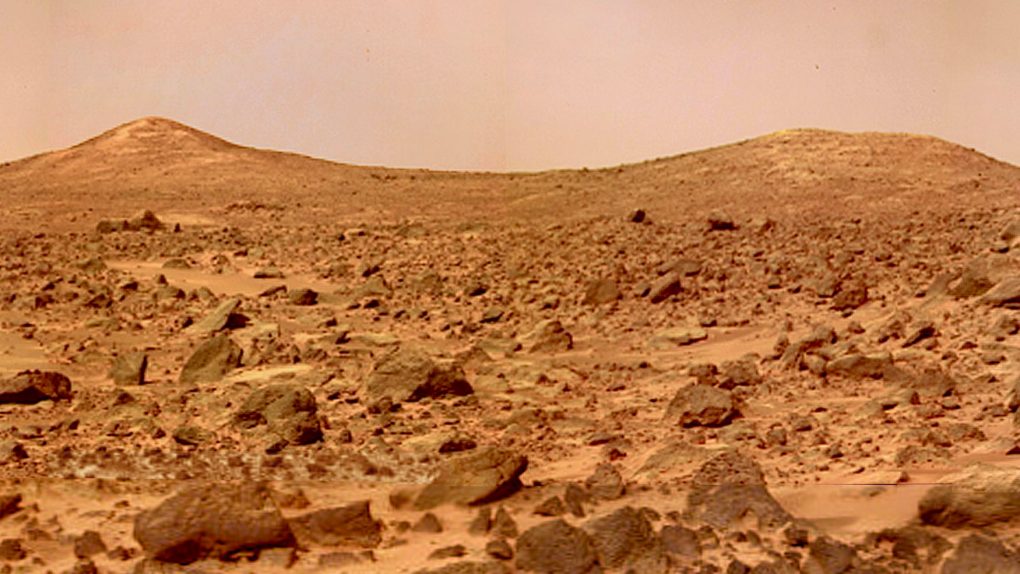A new video released by the European Space Agency (ESA) lets space lovers fly over the “labyrinth of night,” a large canyon found on Mars that is more scientifically known as Nocti Labrytinthus. The canyon spans roughly 740 miles and is found within Valles Marineris, which is essentially the Red Planet’s Grand Canyon.
The new video showcases the area’s steep valleys, as well as its tallest volcanoes, showcasing the Martian landscape in extreme detail. The 3D video was created using detailed measurements taken by various satellites orbiting the Red Planet. And while we aren’t looking at real footage flying over the planet, it’s hard not to feel some aw at how close these measurements bring us to the Martian landscape.
The scale of the labyrinth of night on Mars is truly something exceptionally, with the canyon’s valleys measuring up to 18.6 miles across and as deep as 3.7 miles. For some additional perspective, Earth’s Grand Canyon is only 1.1 miles deep at its deepest point and only measures 18 miles across.
The canyon is exceptionally beautiful to look at in the new 3D video, and the ESA has created something that I’ll no doubt find myself returning to, just like I continue to revisit some of the James Webb space telescope videos the agency has made. It’s these videos that really help us get a feel for the scale of how massive our universe is and how massive the planets and vistas found within it can be.
While Earth’s Grand Canyon was formed by erosion from the Colorado River, scientists believe that the massive labyrinth of night on Mars was caused by tectonic fractures in the planet’s crust. Water may have still played a part, though, as Mars is believed to have once been a planet with multiple rivers running across its surface.








